Machu Picchu – architectural wonder, Inca monument, historic gem. All are fitting descriptions for this fortress carved of stone, but we’re going to detour for a moment and take you along for a walk on Machu Picchu’s wild side.
Disclosure: This post contains affiliate links. If you buy something from one of our affiliates, we receive a small commission at no extra charge to you. Thanks for helping to keep our blog up and running!
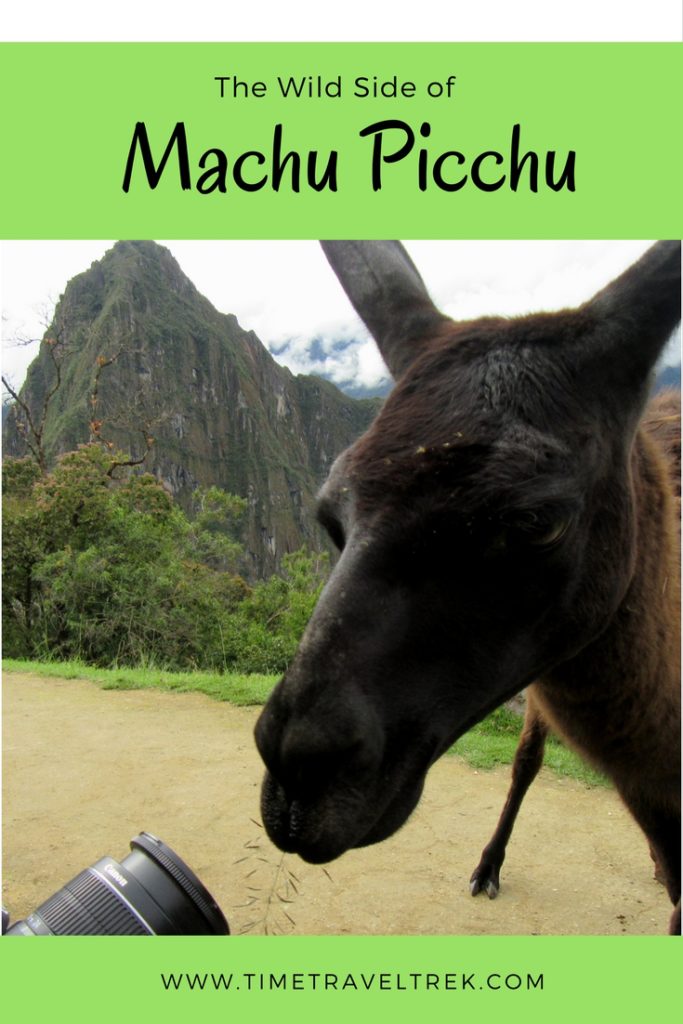
Table of Contents
Discovering Machu Picchu’s Wild Side of Things
Thousands of visitors flock to Peru’s Andes on a quest to tick off Machu Picchu on their bucket lists – and for good reason. Machu Picchu is a stunning example of Incan engineering prowess.
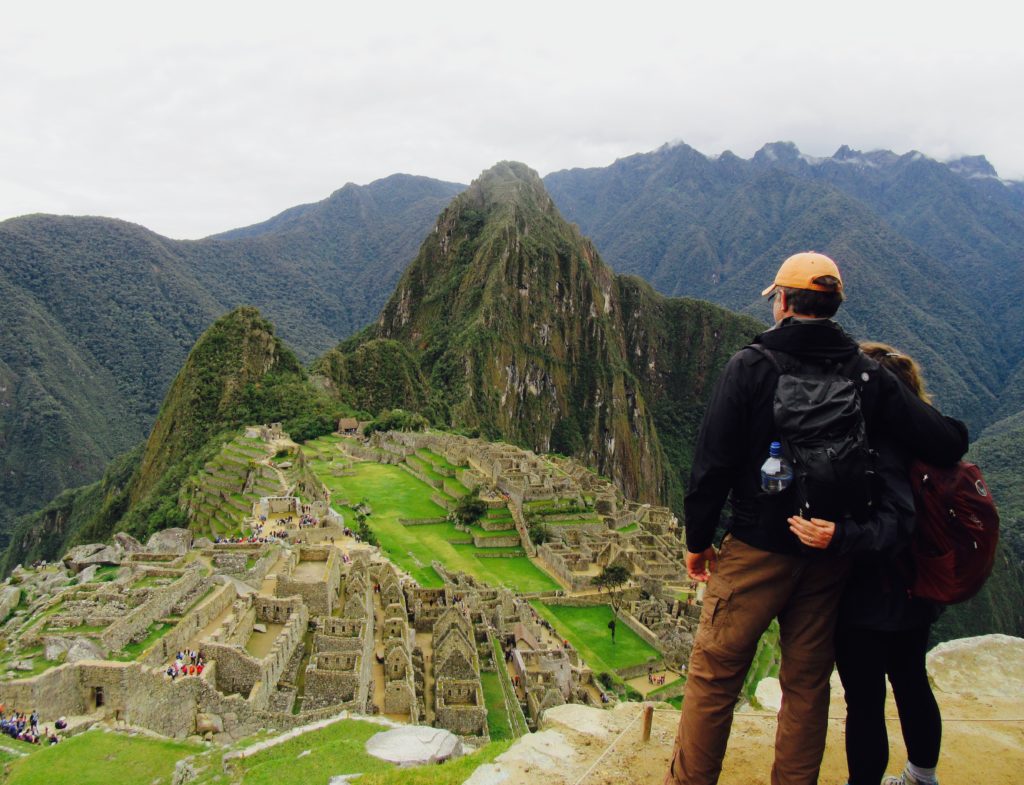
Stone temples and carefully placed sacred rocks perch on a pass between 2,750-metre high Waynapicchu and the 3,050-metre high Machu Picchu mountains. The sheer majesty of the view and the architecture make everything else irrelevant…
… until a bear walks by.
Bears? In Machu Picchu?
Apparently.
It would have added to the adventure to see a bear on the hike into Machu Picchu!
I wish we’d been one of the fortunate ones to have witnessed the spectacle of the Andean bear sauntering through Plaza Principal or scaling the terraces in the Agricultural sector, but just the fact that they are here is captivating.
Lucky visitors have videoed Andean bears – also known as spectacled bear – at Machu Picchu.
A Little Llama Love
While we didn’t personally see any bears during our visit – next time! – we did find a wild side to Machu Picchu, starting with the llamas.
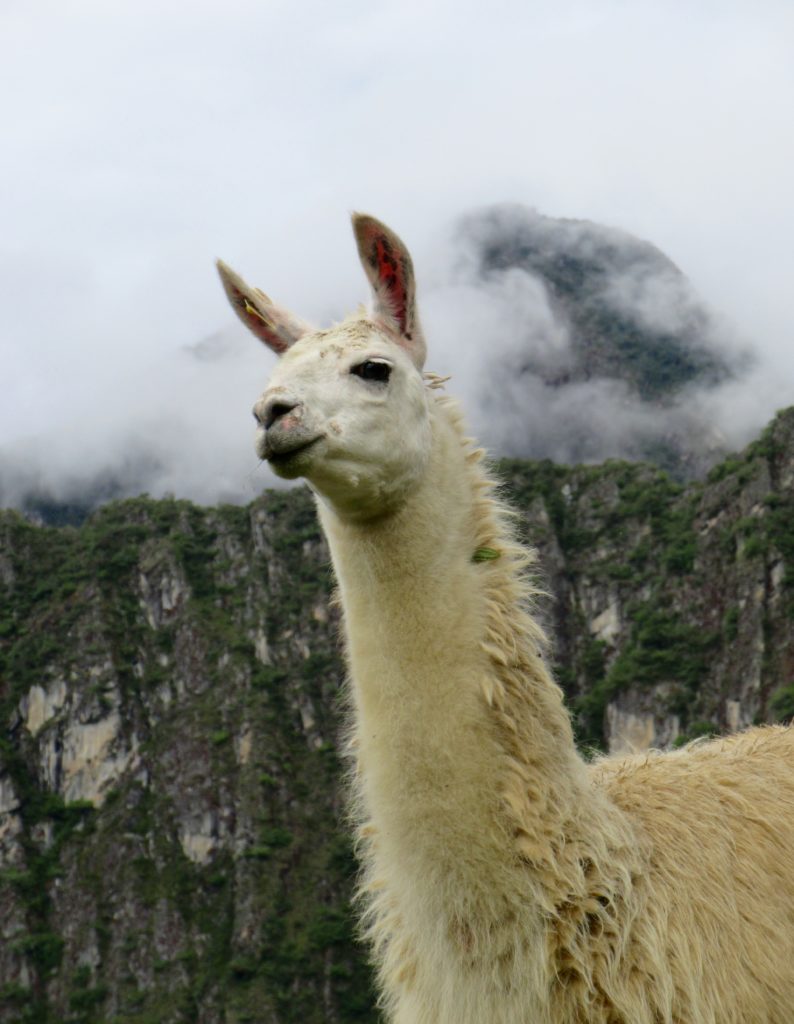
Llamas are not exactly wild. They were brought to the site as workers. Yup, they are the lawnmowers that keep the terraces cropped. We saw four and one sweet baby still wobbly on its feet. The llamas are free to wander, but why would they want to go anywhere else when they can get free food with little competition and get to pose for the paparazzi whenever they want?
Chillin’ Chinchillas
Technically, the large, bushy-tailed rodents that scamper around the boulders – often overlooked by visitors – are called viscachas. But they are members of the chinchilla family. Their fur matches the colours of the stones for perfect camouflage.
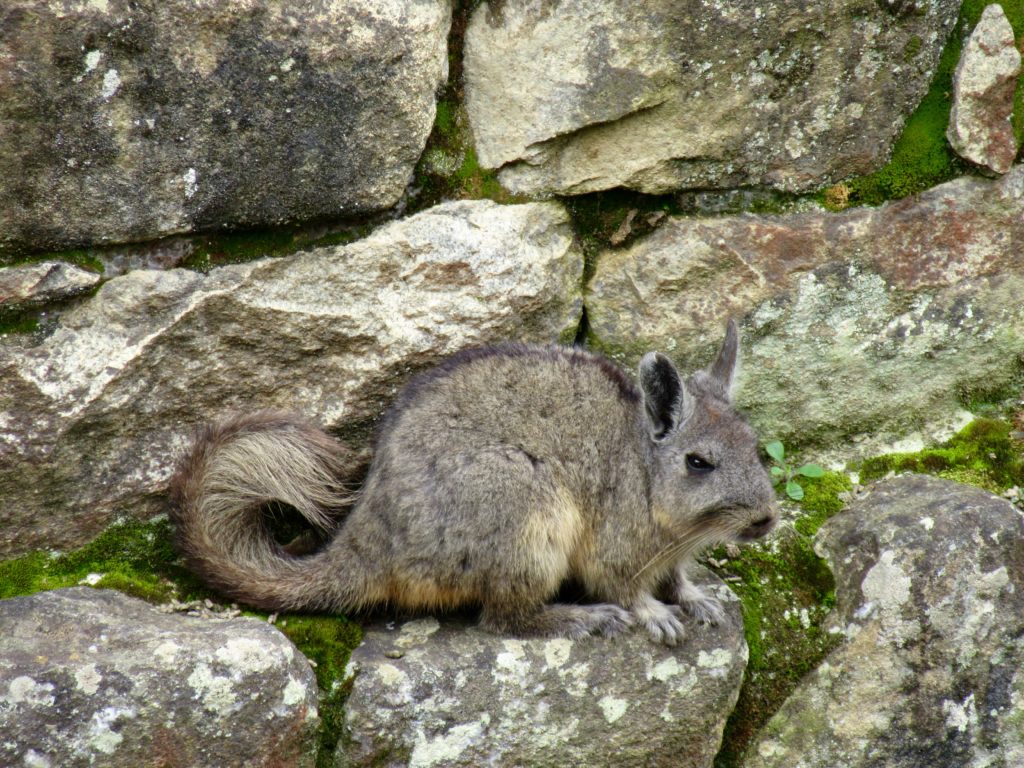
Taking Flight
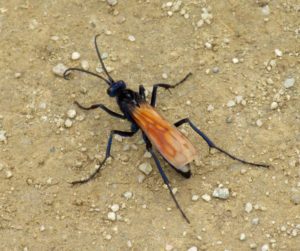
While the spider wasp looks threatening – and indeed probably are to spiders – this curious insect is worth a closer look.
Birds abound in Machu Picchu, but finding the right opportunity to take a pic can be a bit of a challenge.
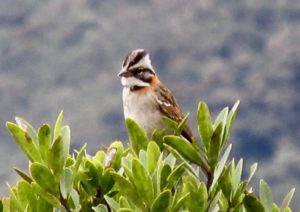
We don’t always photograph birds as the camera we carry is not meant for that level of photography, but the avian life at Machu Picchu demands an attempt.
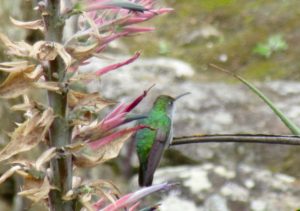
The Machu Picchu Historical Sanctuary spans across 32,590 hectares. It lies on the eastern slope of the Andes. Humid montane forests drop down towards the Amazon basin. Over 400 species of birds have been recorded in this prime habitat.
Temple of the Condor
Birds held high court in the world of the Inca as well. The Temple of the Condor was named for its appearance, stretched out like the wings of the condor.
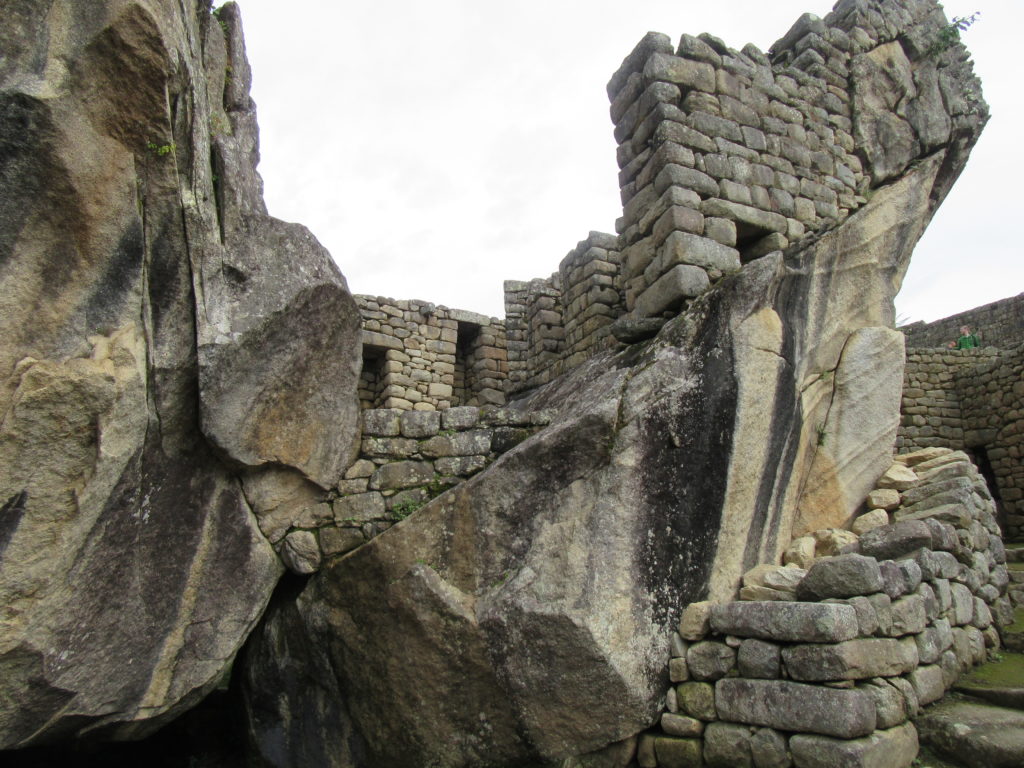
Machu Picchu may be on the bucket list for its impressive architecture and cultural legacy, but don’t pass up the opportunity to take a moment to stop and smell the flowers – or listen to the birds or watch the insects or enjoy a chillin’ chinchilla – along the way.
Leave a Reply